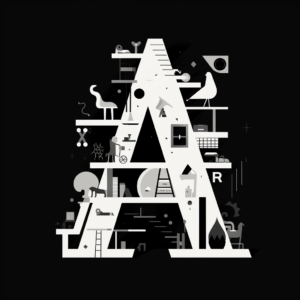Seamless patterns are important for many different industries. Fashion designers use them to print fabrics, ensuring that no matter how much material is cut, the design looks continuous. In textiles, repeating patterns are the backbone of wallpaper, curtains, rugs, and upholstery. In the digital world, 3D rendering and video games rely on tileable textures to create immersive environments without wasting excessive resources. These patterns are essential to make textures—like grass, stone, or fabric—seem endless without the player seeing a start or end point. Digital artists use tileable patterns in website backgrounds, product packaging, and countless other graphic design applications.
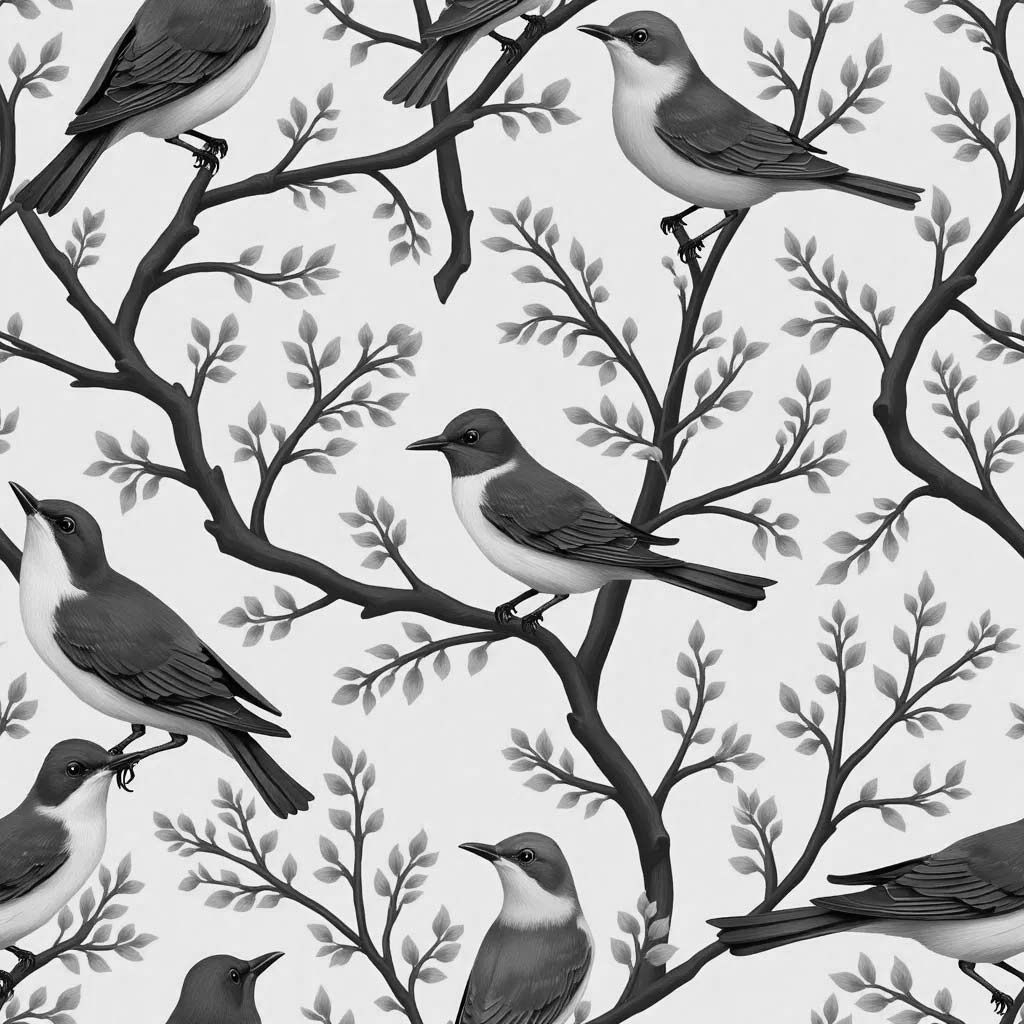
Try Our Seamless Pattern Generator
Need to make a seamless pattern or texture quickly? The Word.Studio Seamless Pattern Generator utilizes the Flux model to generate high quality seamless patterns.
Creating these repeating designs from scratch requires a specialized skill set, one that involves both creativity and technical precision. Artists must consider not just the design but how it will look when repeated infinitely, ensuring that the edges of the pattern connect perfectly without breaking the flow. A single misalignment can ruin the seamless illusion, creating a visible, awkward line where the pattern repeats.
I this post, we’ll explore what makes a seamless pattern tile properly, why seamless patterns can be a challenge for AI to generate, and show some seamless pattern examples generated from the Word.Studio pattern generator powered by the Flux.1 Pro model.
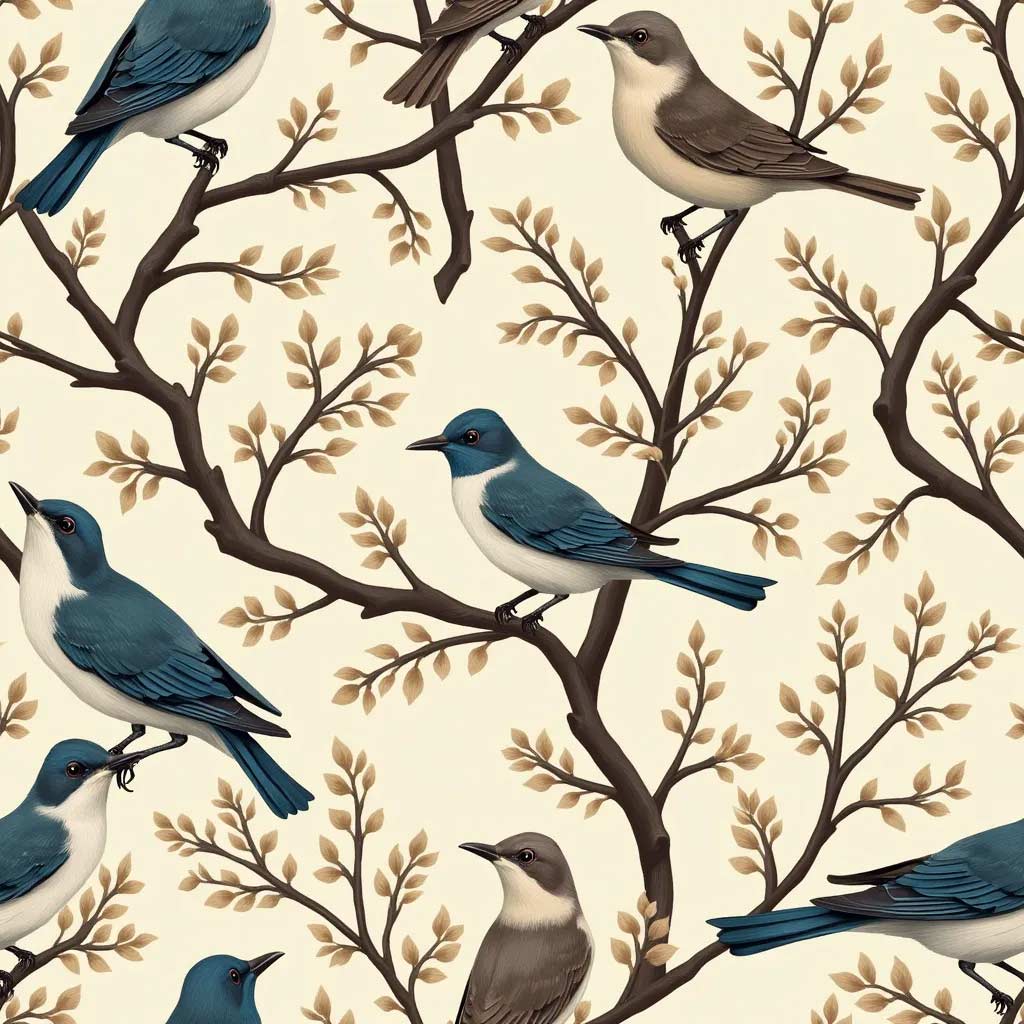
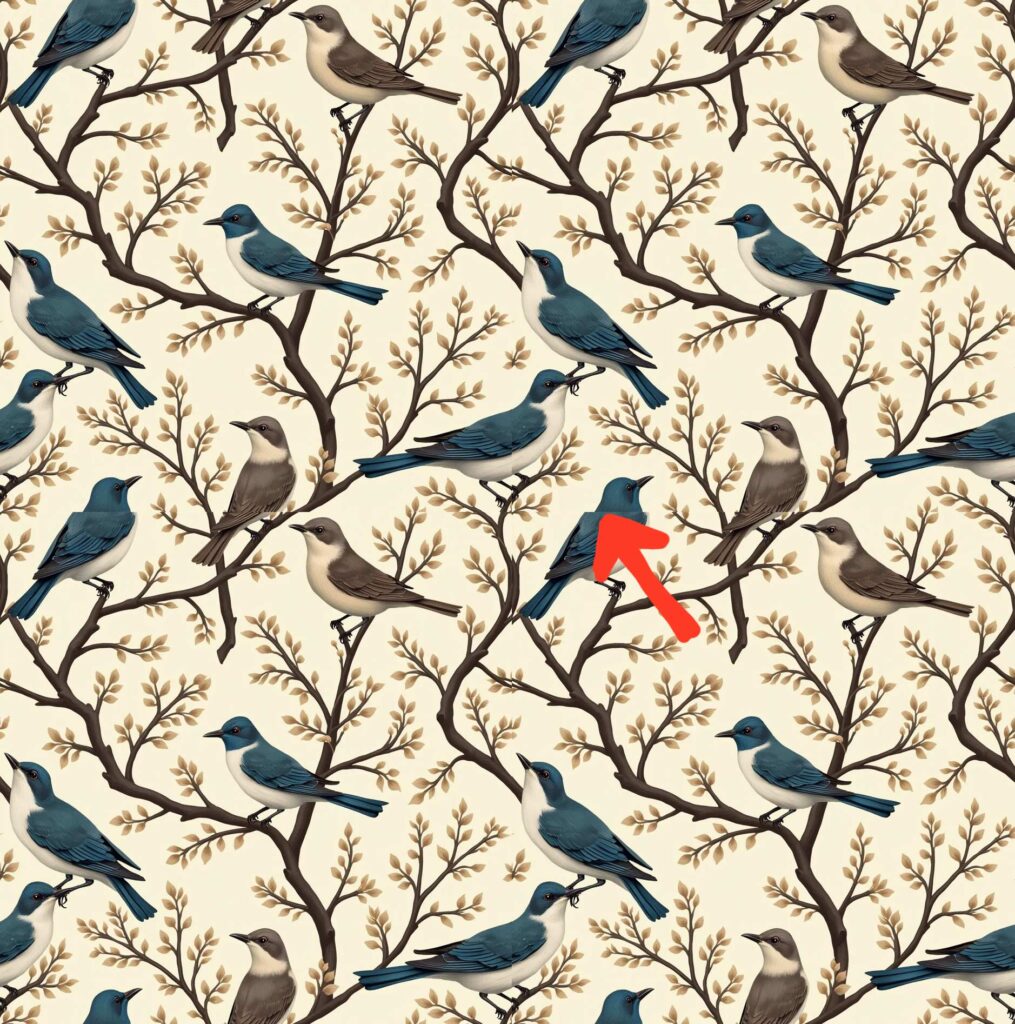
What Does It Take to Create a Perfect Tileable Pattern?
When an artist creates a pattern designed to repeat, they aren’t just thinking about how it looks in one instance. They’re thinking about how that one instance will look when it’s copied hundreds or thousands of times in every direction. To make this happen, several factors need to be considered:
- Symmetry and Alignment: The edges of the pattern must connect flawlessly. Imagine drawing a square and having to line up the sides so that, when repeated, no break or gap appears between them. This requires careful alignment, not just horizontally but vertically as well.
- Scale and Proportion: The size of the pattern elements must be balanced so they look right both close-up and from afar. If the elements are too large, they can overwhelm the design when repeated. Too small, and the pattern might appear too busy or cluttered.
- Color Consistency: Colors need to transition smoothly across the edges of the pattern. A color that abruptly changes when the pattern repeats will break the seamless effect.
- Variability Without Disruption: A good tileable pattern often includes enough variation within the repeat to avoid monotony, but not so much that it disrupts the flow. It’s a delicate balance between repetition and variety.
Artists have different methods for tackling these challenges. Some use mathematical approaches, applying principles of symmetry and geometry. Others rely on artistic intuition, adjusting elements until they “feel right.” Many use a mix of both, aided by graphic design tools that allow them to visualize how their pattern will look when tiled across a large area.

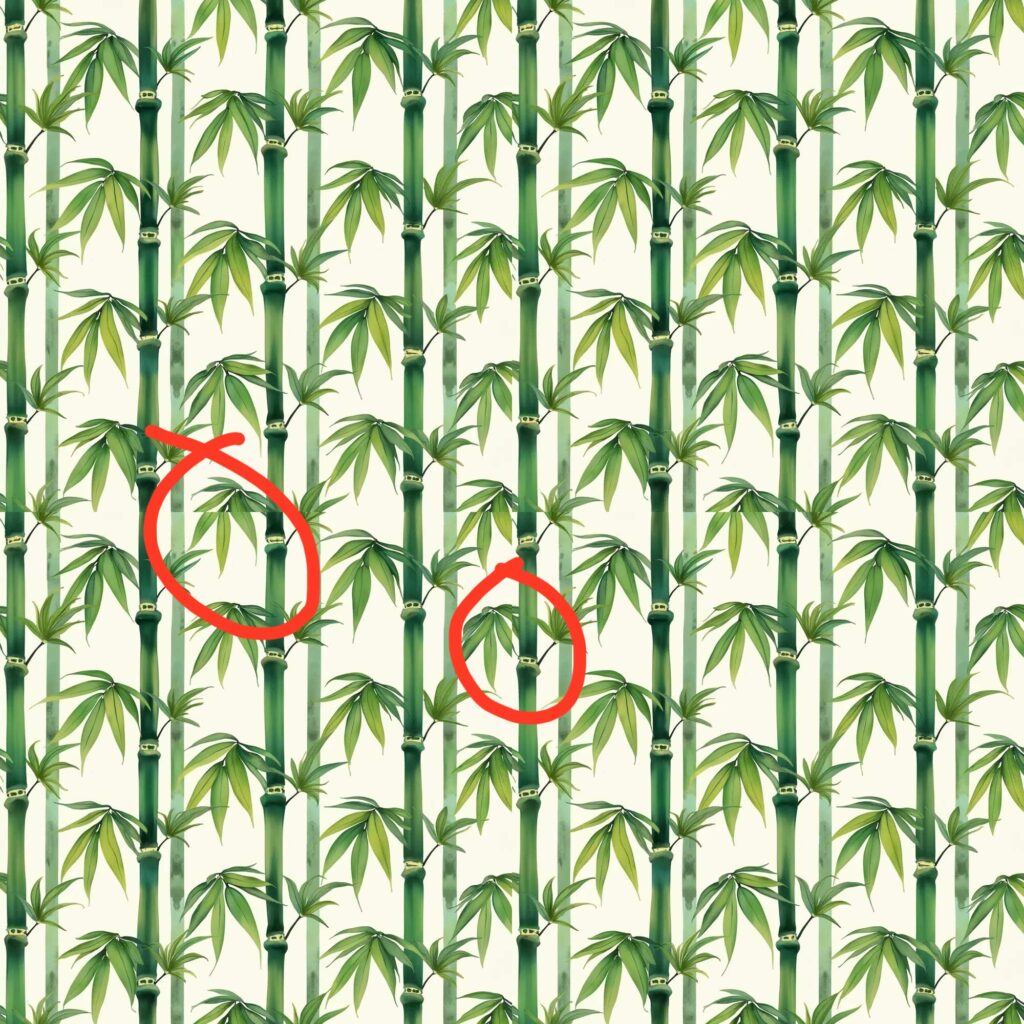
Testing Flux Pro with Seamless Pattern Generation
In our search for AI models that can generate high-quality seamless patterns, we recently tested Flux Pro, the latest model from Replicate AI. While AI giants like DALLE-3 HD by OpenAI and Stable Diffusion by Stability AI have made strides in generating imagery, Flux Pro surprised us with its capability in the niche of tileable patterns and textures. Compared to these more established models, Flux Pro is a step ahead in pattern creation, producing more usable results with greater consistency.
During our extensive testing, we found that Flux Pro successfully generates usable seamless patterns about half of the time—a notable improvement over other models that typically require much more trial and error. Once we refined the right approach to prompting the AI, we were able to produce some truly great results. In fact, we were so pleased with the quality that we built this refined recipe directly into our tool, Seamless Pattern Generator, allowing users to create professional-looking patterns with minimal effort.
That said, Flux Pro isn’t without its challenges. While it generally performs well, certain types of patterns—specifically photorealistic ones—pose unique issues. Lighting and shading inconsistencies at the edges of these patterns can interfere with the seamless effect. For example, the lines and shapes might align perfectly, but if the luminosity or shading changes abruptly from one side to the next, the tile-ability is compromised. Another common issue is when the pattern aligns well either horizontally or vertically, but not both, leading to awkward mismatches.
Despite these hiccups, Flux Pro holds its own against popular AI models. Its performance in seamless pattern generation is a significant leap forward, and although we look forward to further improvements, it’s already a valuable tool for artists and designers looking for rapid, iterative pattern design.
Why Are Seamless Patterns So Difficult for AI to Get Right?
While AI image generators are powerful, they face unique challenges when tasked with creating tileable patterns. To understand why, it’s useful to consider what makes seamless patterns difficult for humans in the first place—and how these issues become even trickier for AI.
- Edge Consistency: The AI must generate a pattern that connects seamlessly at its edges, both horizontally and vertically. A regular image doesn’t have to worry about what happens when it ends, but a tileable pattern does. Ensuring the colors, shapes, and textures align perfectly at the borders without any mismatch is a tricky problem for algorithms to solve.
- Contextual Awareness: Many AI models generate images based on an understanding of what a single image should look like. But for patterns, the context isn’t just one image—it’s how that image fits with itself when repeated. AI must not only understand the design within one instance but also how that instance will look when replicated infinitely.
- Training Data Limitations: AI models are trained on vast datasets of images, but they don’t always have access to specialized datasets that include seamless patterns. As a result, the AI might generate beautiful images that look great in isolation but fall apart when repeated. The lack of specific training on how patterns tile can lead to imperfections, such as visible seams, color shifts, or shapes that don’t align.
- Repetition Without Monotony: A major hurdle is balancing repetition and variation. Many AI generators struggle with patterns that feel repetitive but aren’t monotonous. The pattern must be complex enough to remain interesting when repeated, yet simple enough to avoid creating visual noise.
- Human Intuition: Artistic intuition plays a big role in pattern design. Artists know when a pattern “feels” right, a concept that’s hard to encode into an AI system. While AI can follow rules and generate designs based on data, it doesn’t yet possess the nuanced understanding that comes from years of artistic experience.
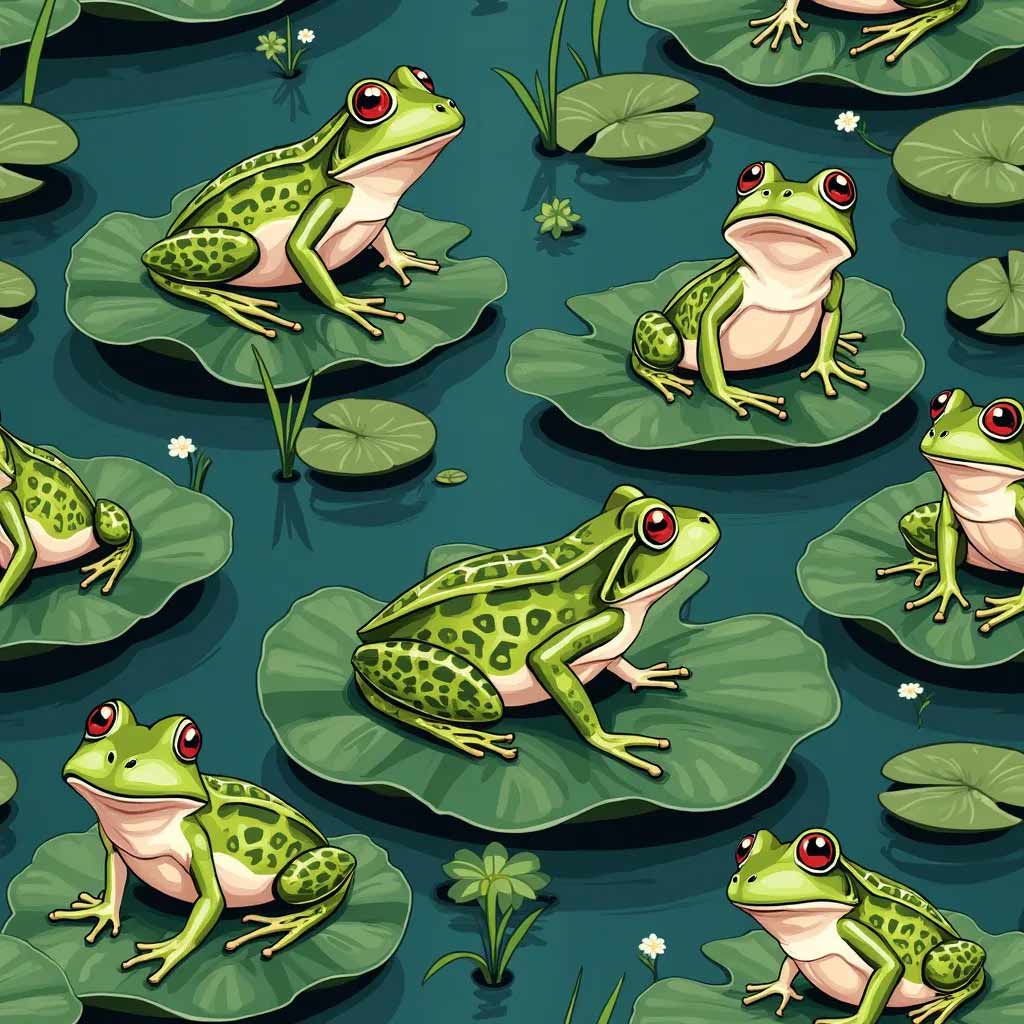
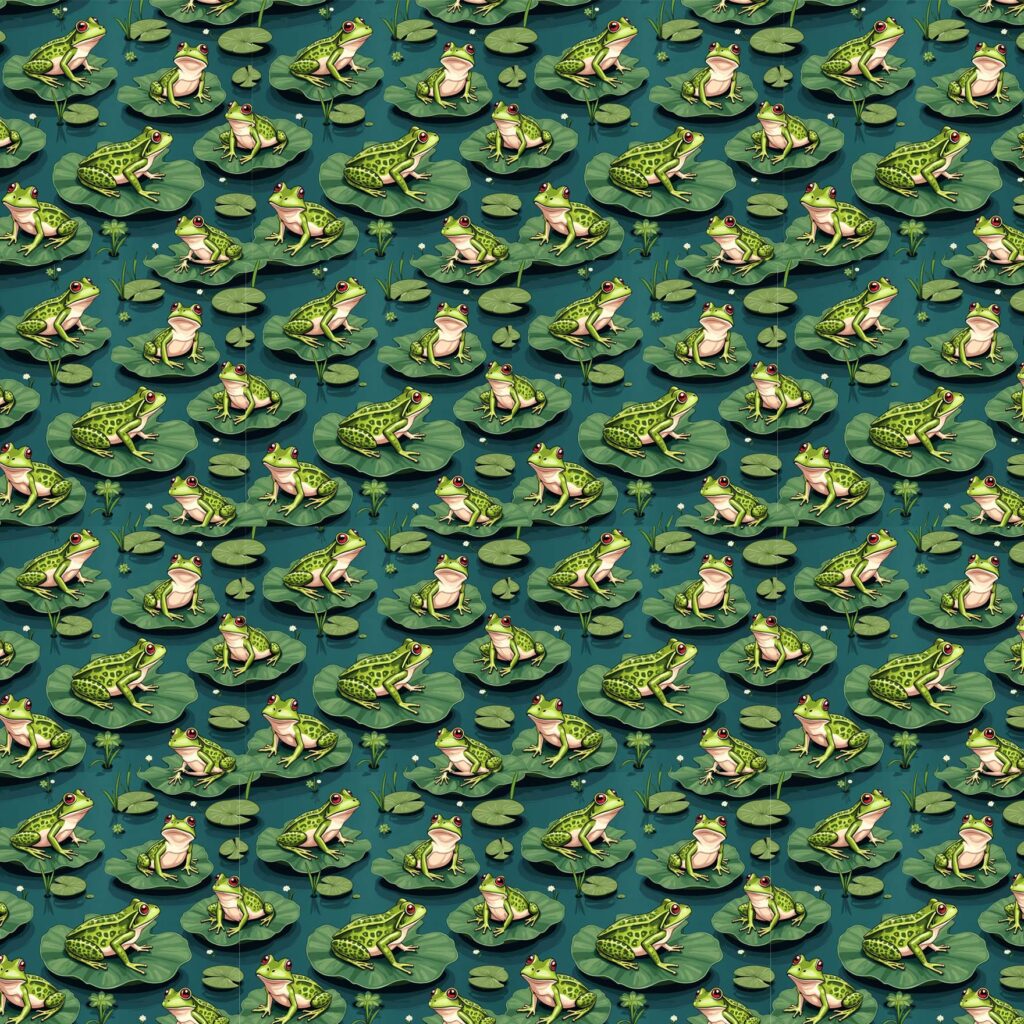
The Future of AI in Pattern Design
Despite these challenges, the future looks promising. AI is improving rapidly, and advancements in machine learning could soon help AI generators overcome the hurdles of seamless pattern creation. One possible solution involves training AI models on specialized datasets of tileable patterns, giving them a better understanding of the unique requirements for these designs. Additionally, hybrid approaches that combine AI with human input could allow designers to take advantage of AI’s speed and creativity while still ensuring the patterns meet the high standards of human artists.


